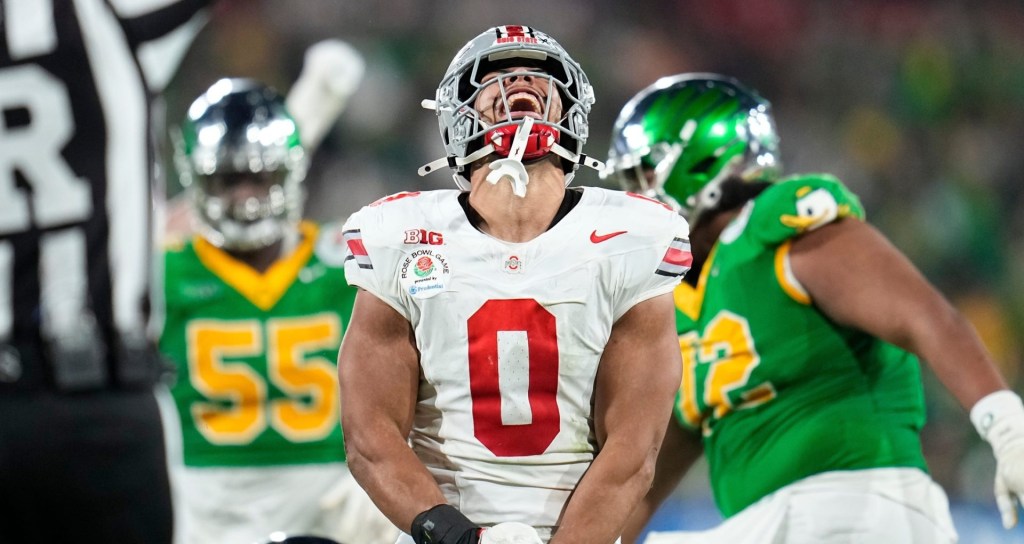The NCAA is adjusting to a changing world, throwing its support behind core NIL concepts while still rejecting the notion of paying salaries to college athletes.
The governing body in U.S. college athletics released a draft constitution in which it stated that “Student-athletes may not be compensated by a member institution for participating in a sport, but may receive educational benefits and benefit from commercialization through use of their name, image, and likeness.”
The NCAA delegated much of the actual rulemaking to its conferences and schools, tasking each one with determining its own NIL rules and regulations.
Also in the proposed constitution — which would shrink from 43 to 15 pages if adopted — the three divisions would be mandated to maintain consistency across member schools and to monitor for exploitations and abuses.
- The NCAA’s 2020 revenue was around $600 million lower than in 2019 — a decline of more than 50% — after recovering $270 million from event cancellation insurance.
- The NCAA was hit hard by the pandemic, losing $714 million in scheduled revenue from CBS and Turner, which had been slated to pay the NCAA a combined $827 million in broadcasting rights for the 2020 men’s basketball tournament.
College athletes have racked up NIL deals since the Supreme Court ruled 9-0 in the landmark Alston decision that the NCAA’s prohibition on NIL deals violated antitrust laws.
In August, Ohio State University quarterback Quinn Ewers signed one of the largest NIL deals to date, inking a three-year, $1.4 million pact with GT Sports Marketing.

















